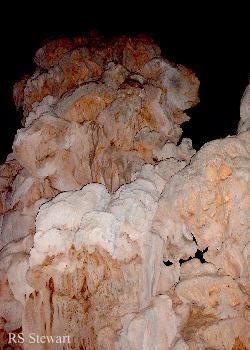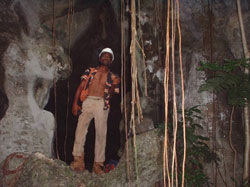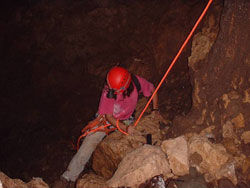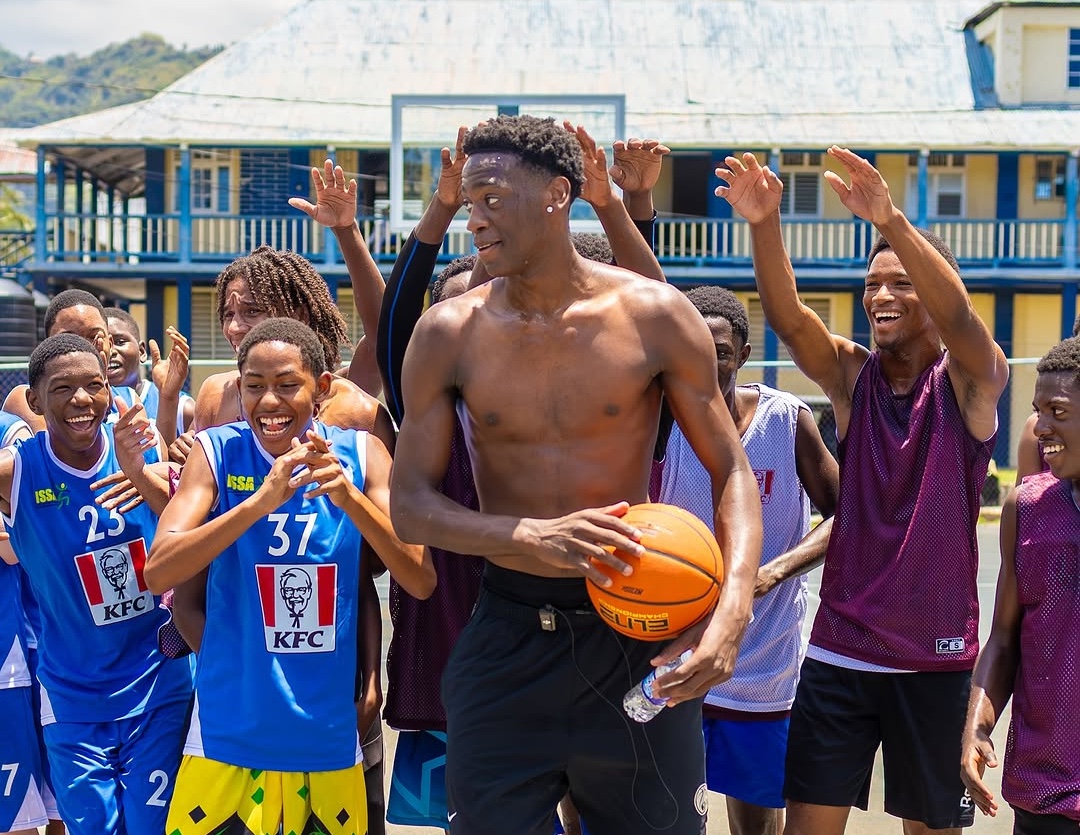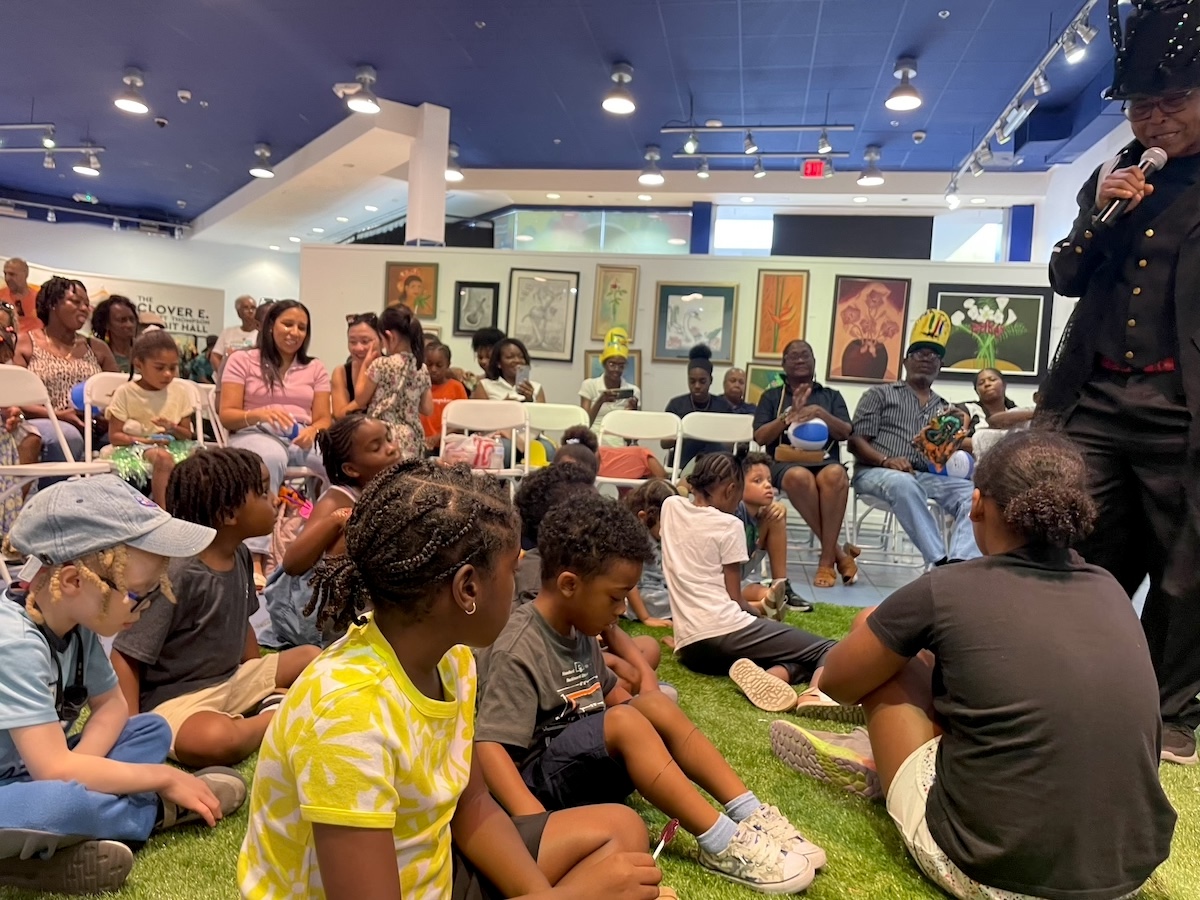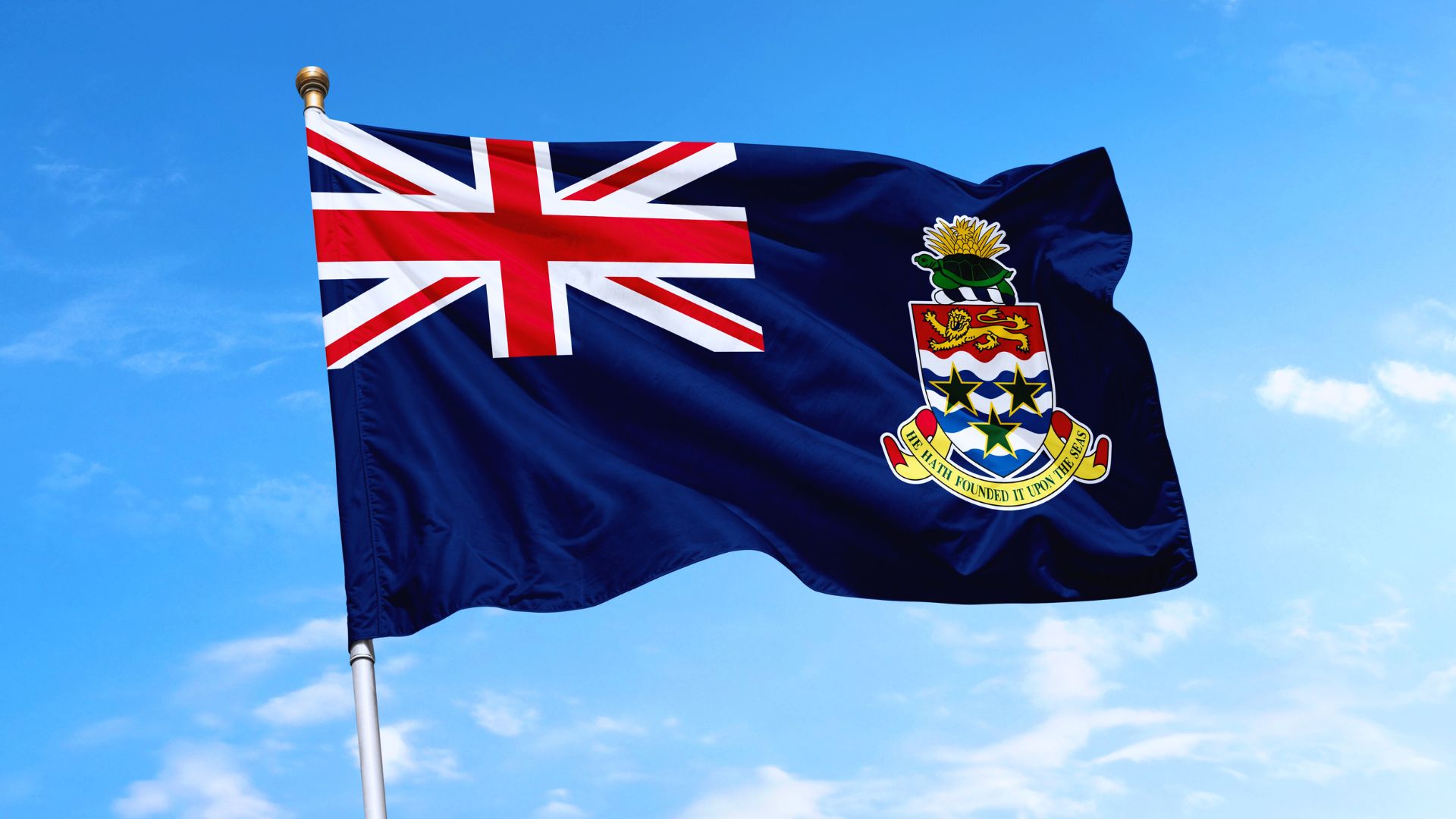The Early Explorers
In the first part of this article, we dealt with the geological origins and early history of the caves of Jamaica. In this second part, we will look at the explorers and researchers who through the years have given us the knowledge of these subterranean systems that we now possess.
The first mention of the caves of Jamaica is in a book written in the late 1600’s by Hans Sloane, a British natural historian. Few details are given, the locations are unidentified and Mr. Sloane does not appear to have entered the systems to any real extent himself.[1]
In 1757, Edward Long, an English lawyer, came to Jamaica for a two year visit and became the first recorded explorer of the caves of the Island. He gave good accounts of three caves, Riverhead Cave, the rising of one of the tributaries of the Rio Cobre, Runaway Bay Caves, more commonly known as the Green Grotto and a third cave that remains unidentified. Mr. Long, unlike the Taino who saw the caves as part of the spiritual world or the Maroons who saw them as a place of refuge, seems to have been motivated in his searches by a mix of simple curiosity and a desire to visit unseen places; he may be regarded as the first true caver in Jamaica.[2]
The geological study of the Island and its caves, began with a visit in 1824 by Henry De la Beche of England and continued with the work of James Sawkins and others, in the 1869, “Reports on the Geology of Jamaica”, in the “Memoirs Of The Geological Survey”. It is in the latter work that the remarkable Karst topography of the Cockpit Country began to be studied in detail. The spectacular Karst terrain of the Cockpit is a subject that we will return to in Part III of this series but it can be safely said now, that anyone who has experienced the hills and valleys of this district and pondered how it came to be, will always find more questions to ask. Indeed, the study of the Karst of Jamaica continues to this day.
Oxford Cave, well known to residents of St. Elizabeth and south Trelawny, was one of several sites where W. Osburn conducted early studies of bats from 1858 to 1860. This field of research still continues to fascinate and many scientists are currently engaged in studies of these creatures at locations across the Island.
In the closing years of the 19th century, in 1895, came the discovery of a burial site at Dallas Castle Cave. The European explorers of the caves at last met those who had first ventured into these dark realms. Behind a boulder-blocked entrance, the skeletons of two dozen Taino were found along with a canoe and the remains of food animals.[3] We can never know the circumstances that caused the loss of so many lives at once. Perhaps it was disease or perhaps warfare that had felled them but those who had survived this tragedy had sent their loved ones well prepared for their voyage through the dark to return to the great ancestral cave, Cacibajagua. It is to be hoped that although the shells of what they had been were left behind, their spirits found peace in their ancient home.
The Later Explorers
The modern era of cave exploration began with the conflicts of the Second World War. The supply of basic necessities, such as agricultural fertilizer, had been severely disrupted. In response, the Jamaican Lands Dept. began a survey into the use of bat guano, “ratbat dung”, as a fertilizer. The job largely fell into the hands of Baron R. G. McGrath, a surveyor for the Geological Survey Dept., the now re-named Lands Dept.
McGrath and a crew that included B. V. Bailey and A. H. Edwards, accomplished the first explorations and surveys of many of the caves on the Island. The goal was to secure guano, rather than fully explore the systems and where vertical pitches or deep waters were found the survey ended but thorough notes were kept, locations were specified in Jamaican grid coordinates, to a degree that made most of the systems refindable and by this work, they laid down the foundation for the modern era of caving on the Island.
The creation of the Jamaican Caving Club, by Ron Read in 1958, ushered in an extended period of frequent caving done primarily for reasons of exploration, with no economic goals involved. Based at the University of the West Indies, in Kingston, the JCC accomplished many truly great explorations under the leadership of Mr. Read and when he finally returned to Canada in 1970, the torch was passed on to Alan G. Fincham, a professor of biochemistry who had relocated to Jamaica from his native Great Britain.
Alan Fincham, well known to cavers for his two editions of, “Jamaica Underground, The Caves, Sinkholes and Underground Rivers of the Island”[4], continued the exploratory work, with the help of many others, until the late 1990’s when the leadership of the JCC passed to Adam Hyde. One of Adam Hyde’s greatest accomplishments to date was the 1994 discovery of a gallery of Taino pictographs over 60 feet down a shaft, known as Potoo Hole. This was probably the finest discovery of Taino art found yet on the Island. This collection of pictographs is now very famous and much photographed; users of the internet who have sought online information on Indian or Taino art, will have no doubt seen pictures of what Adam found when he was first to descend into Potoo Hole. Adam continues to actively cave to this day and is being of great assistance in a freshwater ecology project being conducted from the U of the W.I.
Throughout the years when the JCC was active, a number of visiting caving clubs added discoveries and surveys of many new caves to the knowledge base. Notable expeditions were made by the National Speleological Society of the US in 1958 and the Leeds University group from the UK, responsible for the exploration of 26 new caves in Lluidas Vale in 1963. The Karst Hydrology Expedition in 1965-66, a mixed group from Canada and Britain, spent 8 months surveying and exploring over 29,000 metres of caves and underground rivers. In 1967 and 1969, cavers from Bristol University mapped almost 7,000 metres of caves in the Maldon – Maroon Town area, including the Tangle River system that passes through Peterkin and Rota Caves, Rota Sink and rises in Deeside kilometres away. This system has been a favourite of the author of this article and the fact that the intermediate part of this underground river remains un-accessed, keeps this system an enticing mystery. In 1977, a team from Liverpool visited for 6 weeks and explored caves while based in Troy, Trelawny. Closing off this list, we may add a series of NSS expeditions from 1985-88, who made great contributions in the Quick Step district of Trelawny.
Although the preceding synopsis of explorers and scientists might make rather dry reading, it has been necessary to acknowledge the work done by so many people over so many years, before we can proceed to the next part of this series. In part III, we will move to current cave explorations and scientific projects and it is hoped that some of the excitement and adventure of these endeavours might be successfully communicated, for we will at last get to that part of this series on caving that has personally involved the author of these articles and it can be stated as fact, that at times these explorations have been exciting indeed.
[1] Hans Sloane (1707, 1725) “A voyage to the islands Madera, Barbados, Nieves, S. Christophers & Jamaica”
[2] Edward Long (1774) “The History of Jamaica, or general survey of the antient and modern state of that Island”. (George Metcalf, Frank Cass & Co., London, 1970)
[3] J E Duerden (1895) Nature, (London)
[4] A G Fincham (1997) Jamaica Underground (ISBN 976-640-055-5) The Press – University of the West Indies
Many thanks to Alan G. Fincham, www.fincham.co.uk, for source material used for this part, Part II, of the series.
R. S. Stewart ©
